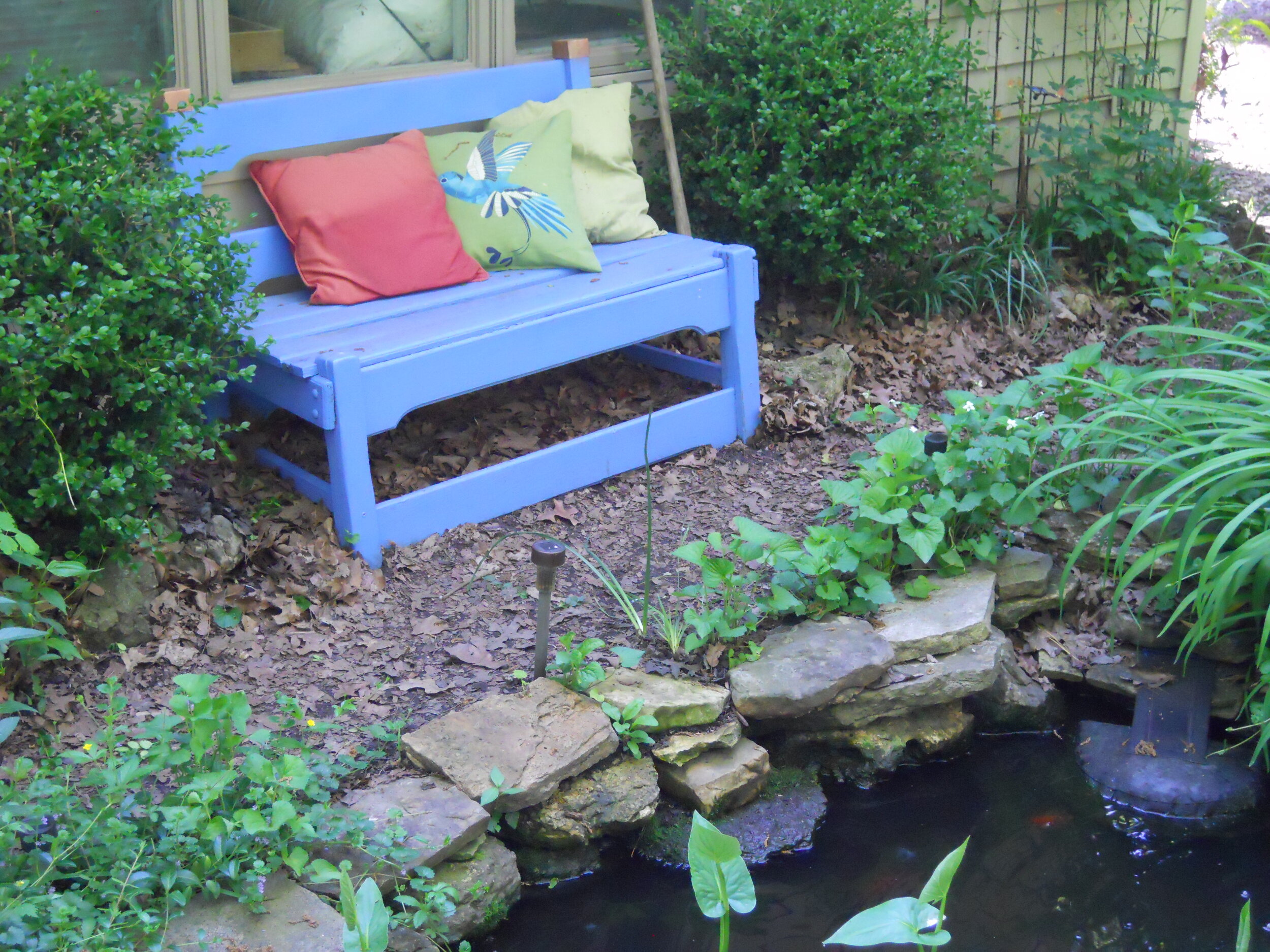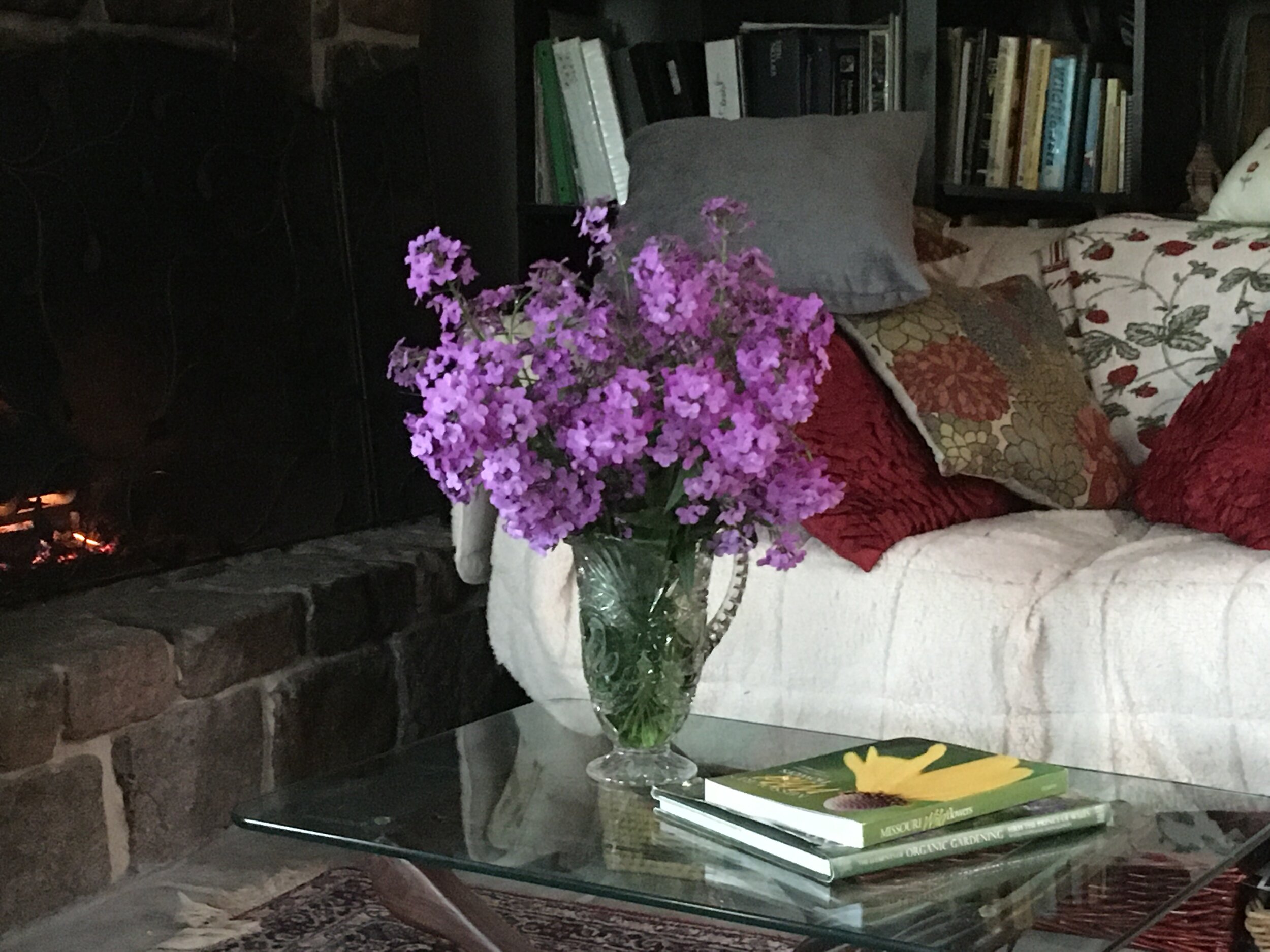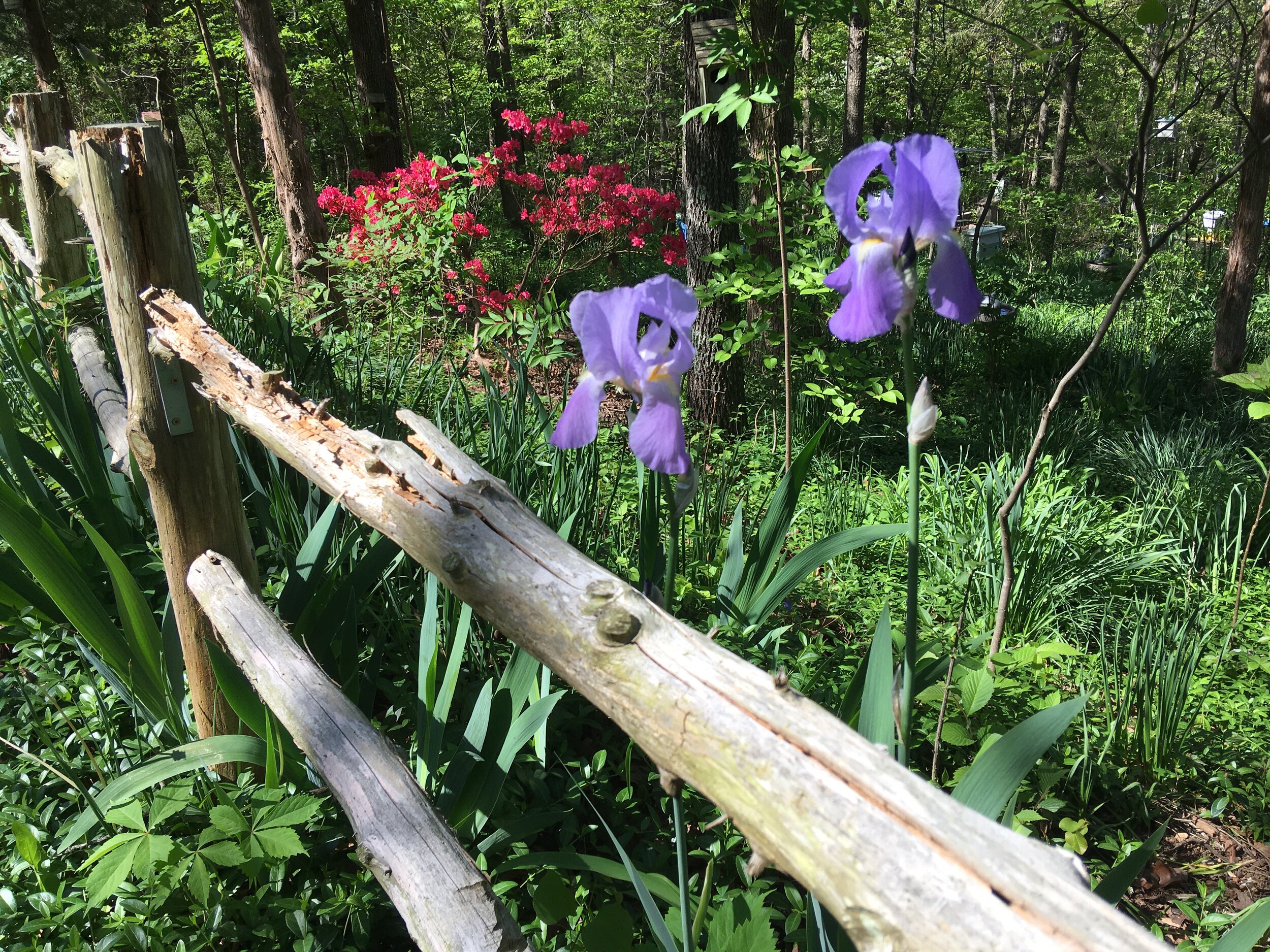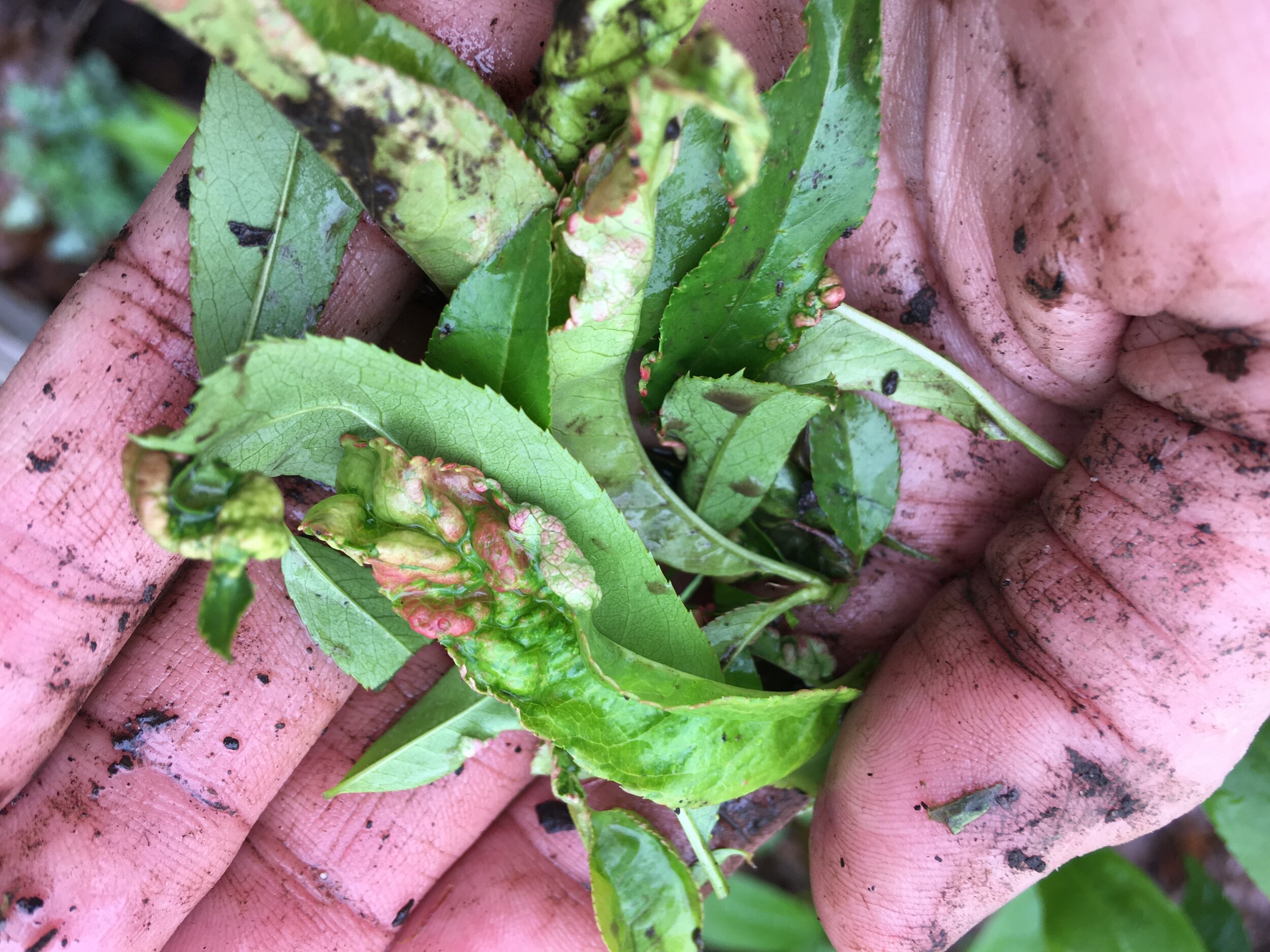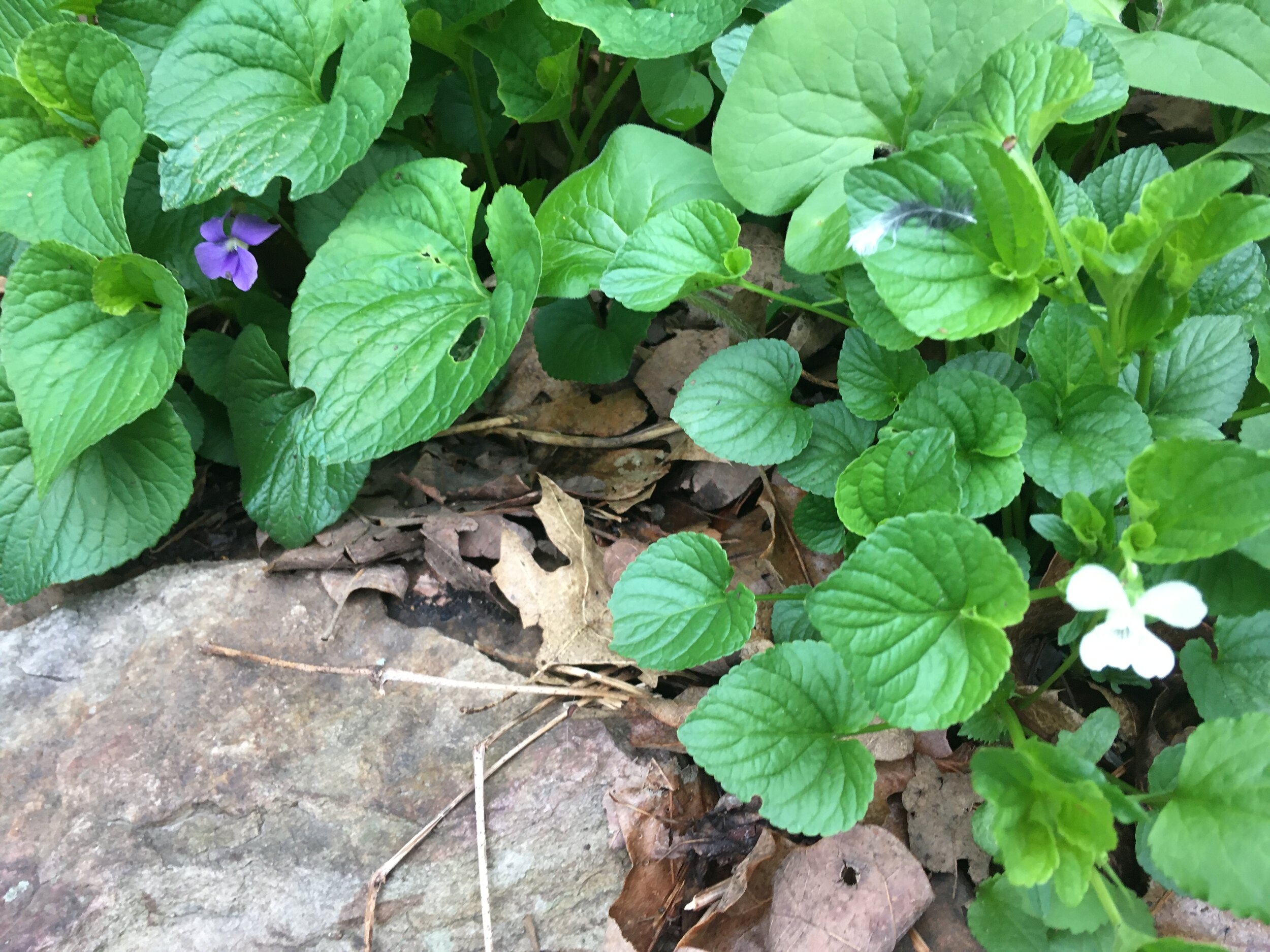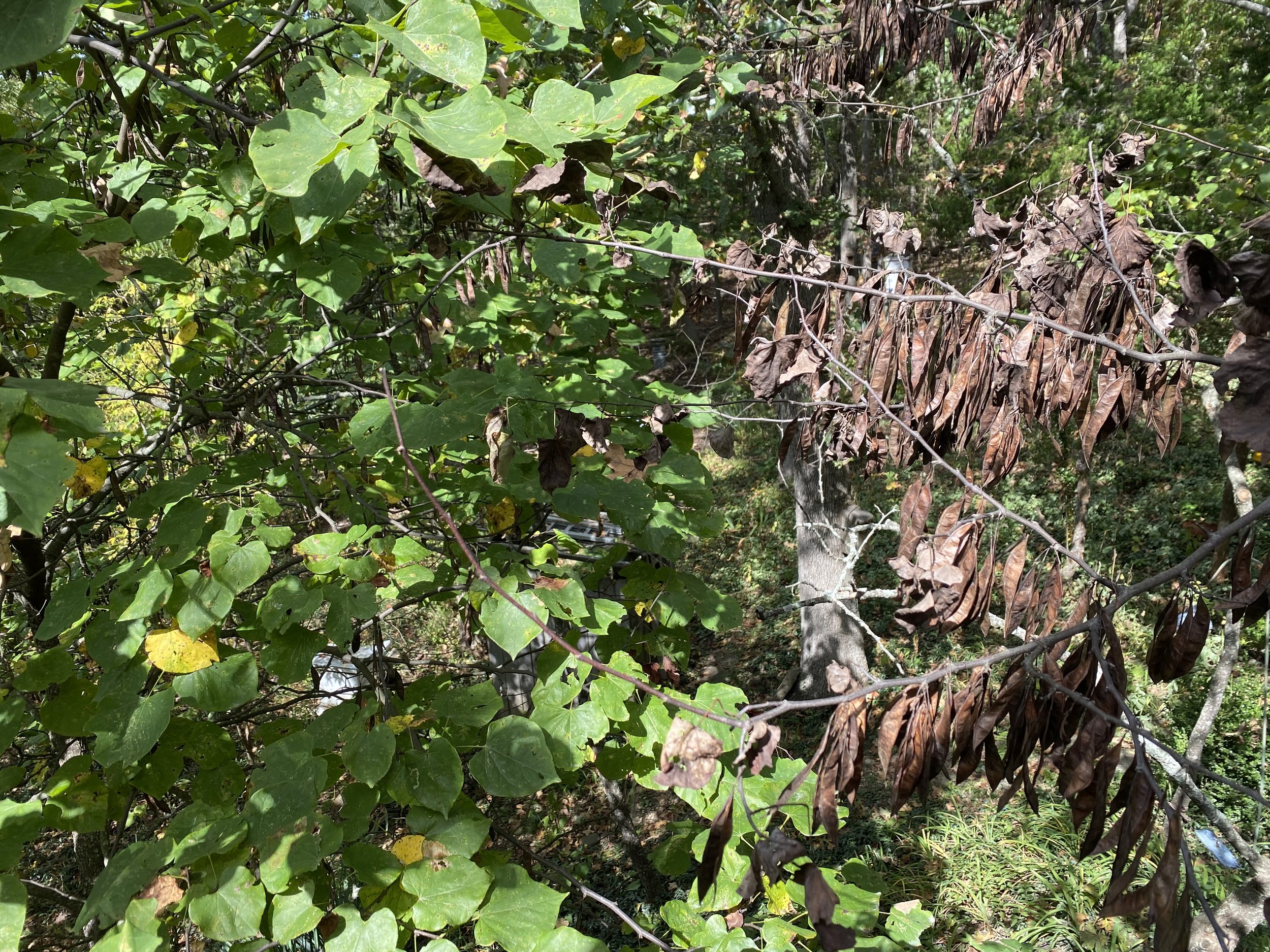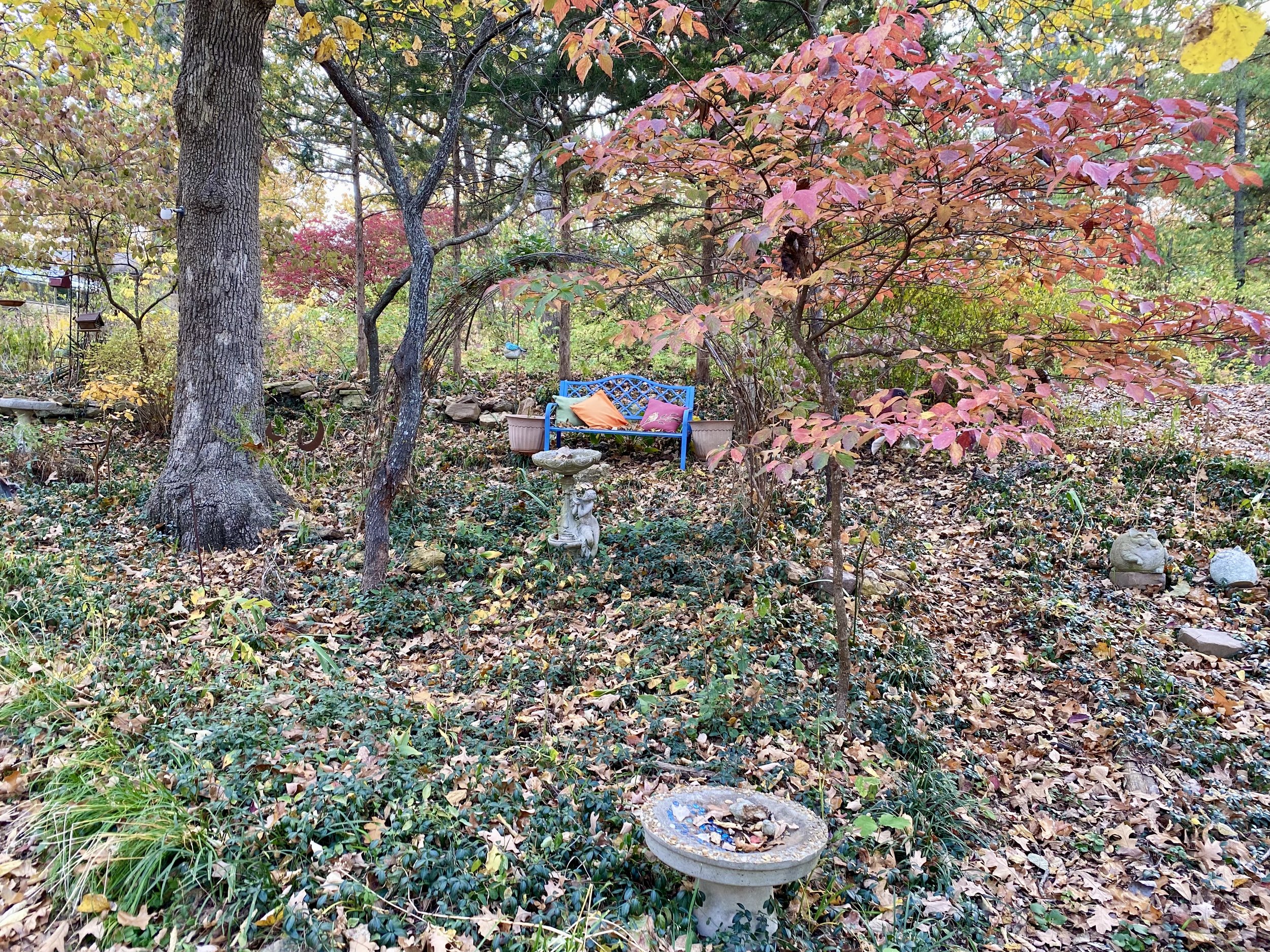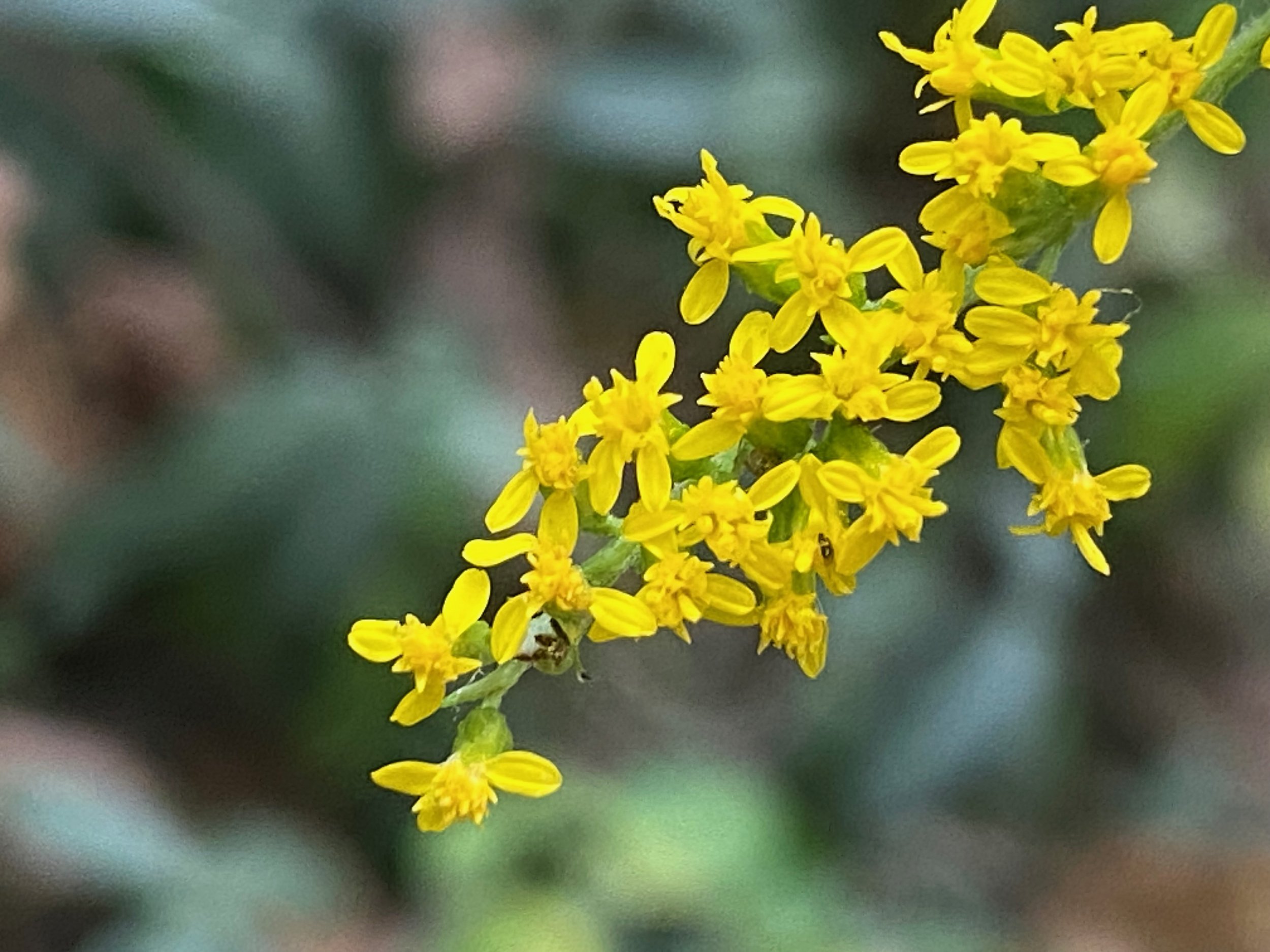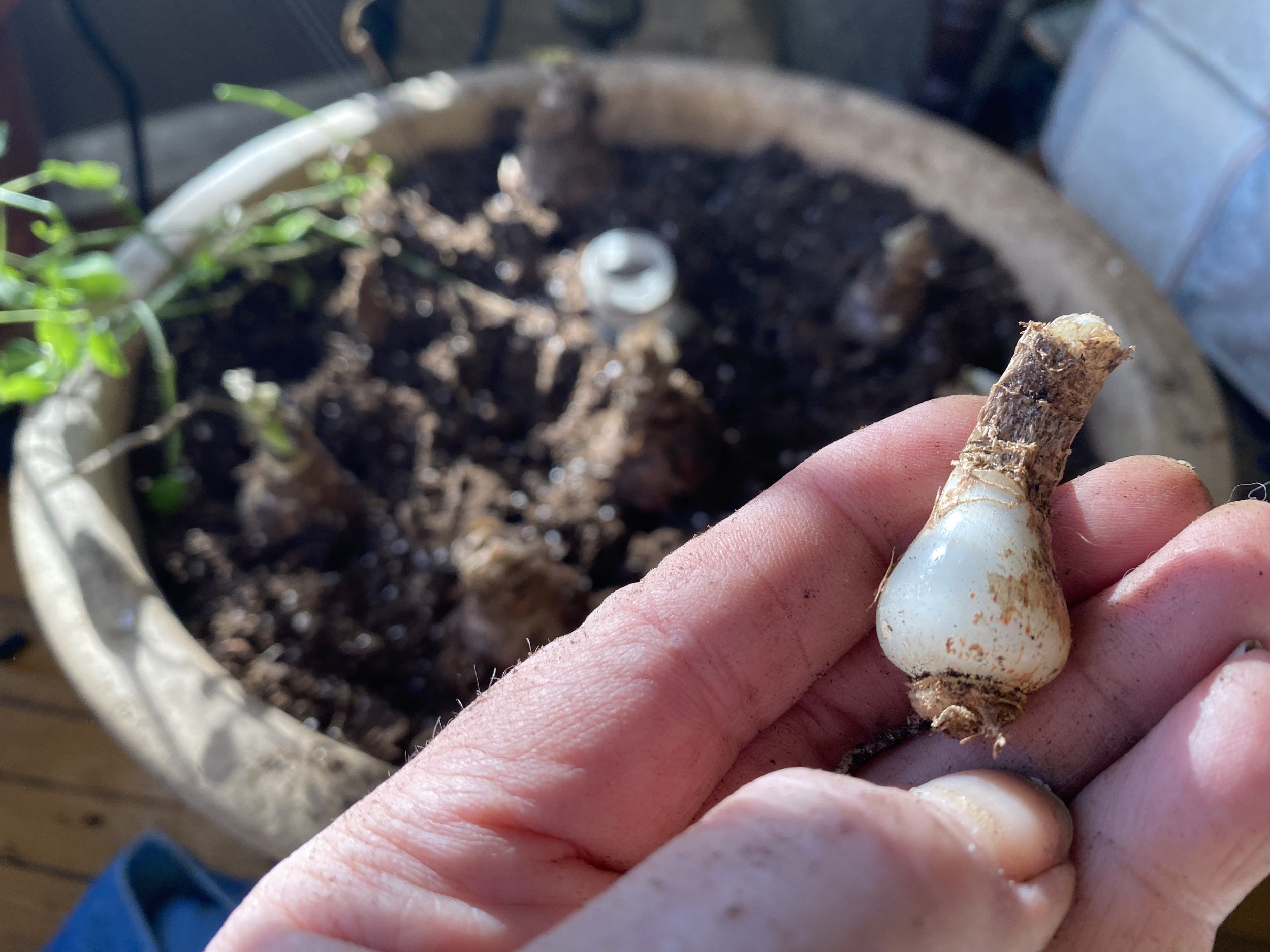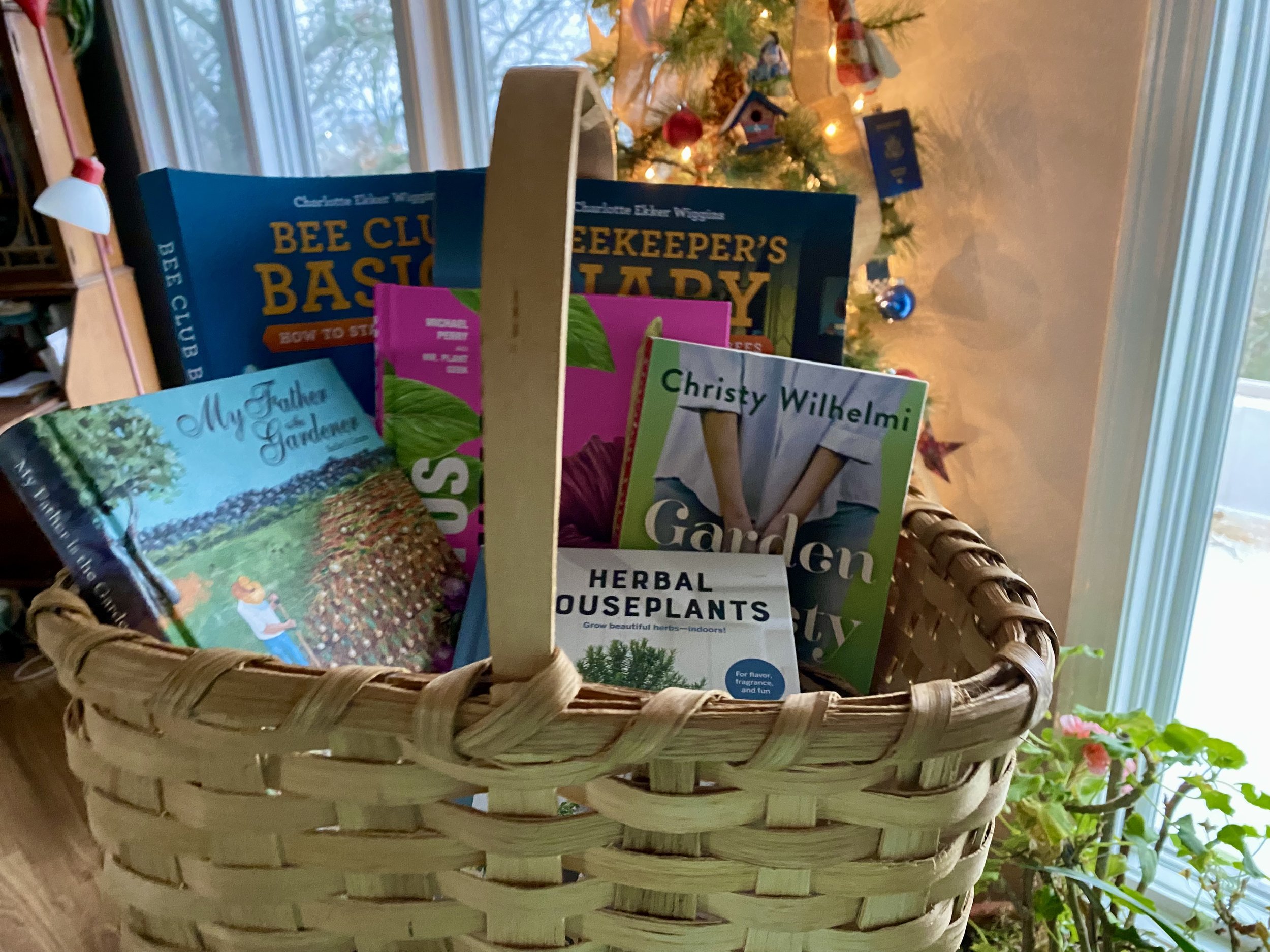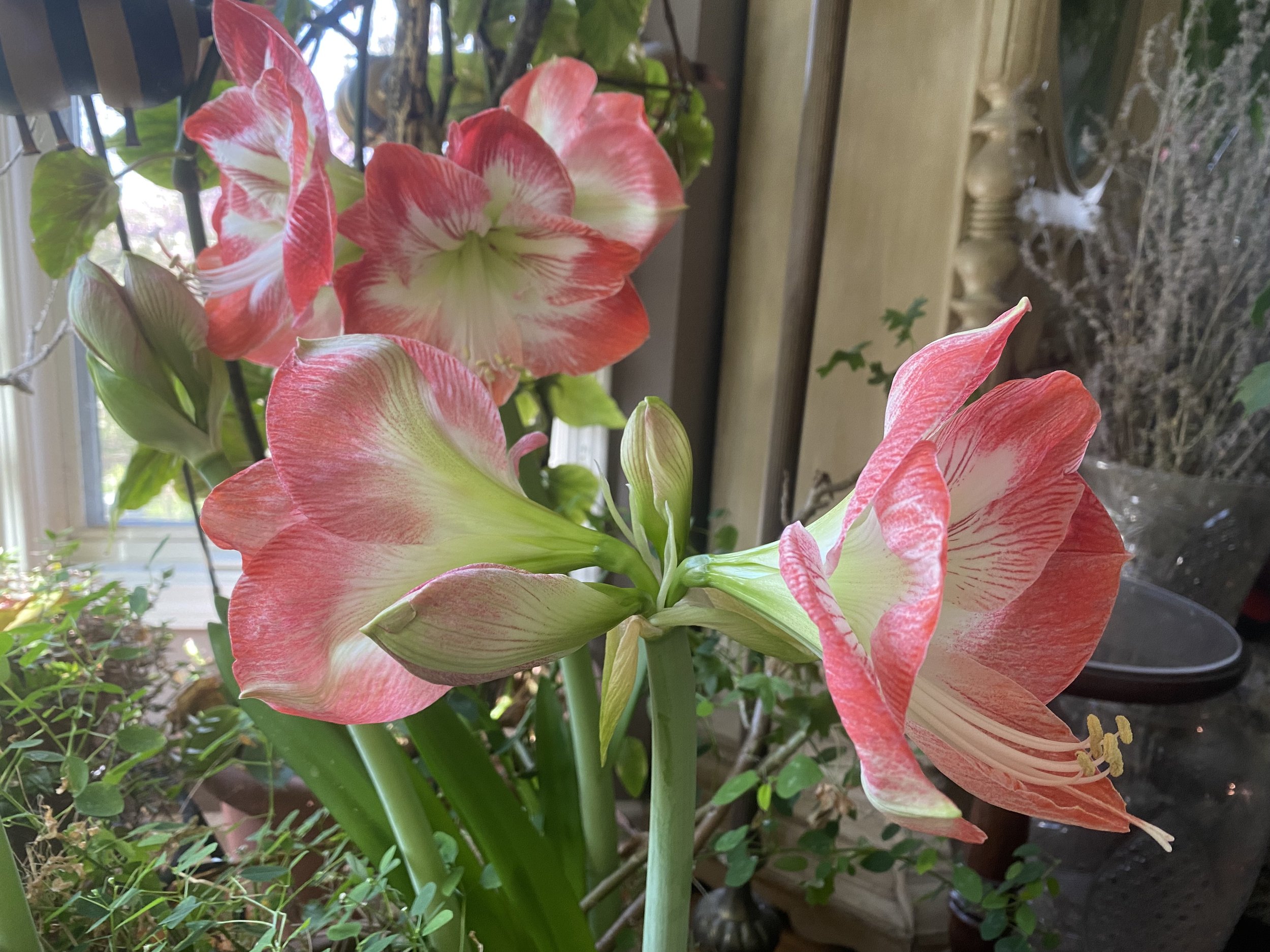June Gardening Tips
/Surprise lily greenery is dying back; I will plant zinnias shortly. (Photo by Charlotte Ekker Wiggins)
June Gardening Chores
It was a long wet spring this year with a late bump of winter. So I am once again behind getting some of my gardening chores done. I garden in USDA Hardiness zone 5.
1. Plant a new supply of vegetables every 2 weeks to give yourself a new crop through the season. Early spring crops are done but there is still time for tomatoes, green peppers, green beans, cucumbers, zucchini, squash, pumpkins and annual herbs.
2. Keep asparagus beds weeded and let the green top ferns grow until they go brown; do not cut. That’s what gives roots energy to produce asparagus stalks again next year.
3. When mulching, leave 2-4 inches clear from the plant stem and the mulch ring no larger than 5 inches deep. More than that and you are smothering the plant itself.
4. Leave spring bulb greenery to die off naturally. I gently remove the yellow leaves if they bug me and plant summer perennials to cover them in the meantime.
5. Japanese beetles show up this month so hand pick and drop in a bucket of water with a few drops of dishwashing soap to drown them. Pick early in the morning when they are sluggish. Also treat your lawn with nematodes and milky spores, both will gradually help eliminate grubs. Add geraniums and tansies to your flower beds, they are natural Japanese beetle repellants.
6. Trim lilacs immediately after they end flowering so growth the rest of this year will provide blooms next year.
7. Get flower pots planted. Water the soil first, let drain, then add your flowers for better adjustment.
8. Plant annual flower seeds such as zinnias, sunflowers, forget-me-nots, cosmos, marigolds and herbs. Some herbs can be moved inside later for winter use.
10. When planting wildflowers, mark the beds where seeds have been added. Some wildflowers may take 2 years to germinate.
If you don’t have land for a garden, plant tomatoes in pots. (Photo by Charlotte Ekker Wiggins)
11. For those of you with grass, don’t cut more than 1/3 of the grass down at one time. For spots where grass doesn’t grow, plant flowers.
2. When adding perennials, focus on native plants. Once established, they will require less water and care than non-natives and they will be food for native pollinators.
13. Pinch mums once a week to encourage them to grow bushy for fall flowering. I take the pinched off pieces, gently push them into the ground and encourage more plants to grow.
14. Feed roses and other plants compost to give them a good source of energy. Roses should be fed once a month. A quick pick me up is to dig your banana peels, egg shells and coffee grounds in around roses.
15. Take photos of your garden. Use the same photo spots you used in spring so you can see the changes from one season to the next.
16. Also make sure to have a nice seating area in your garden so you can stop and smell the flowers!
Charlotte




